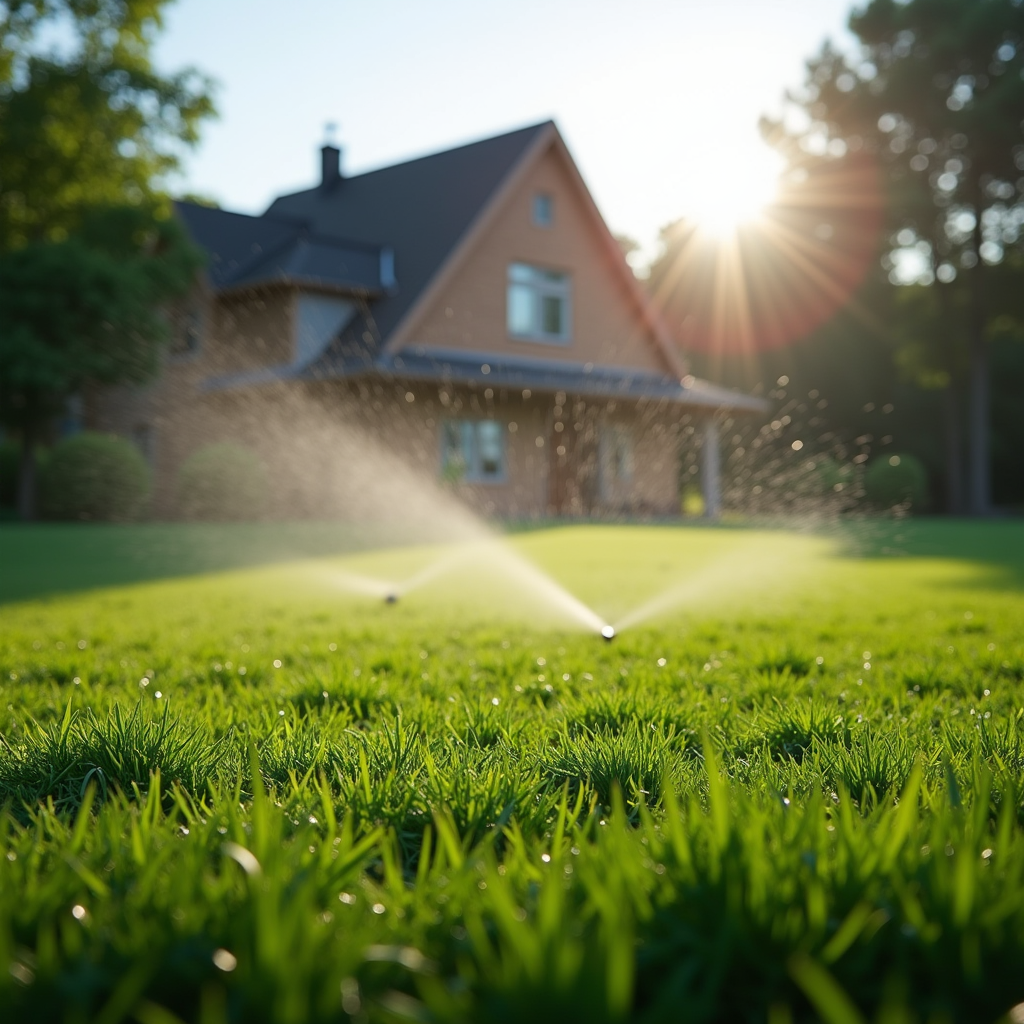Introduction
When you think of North Carolina, images of beautiful landscapes, rolling hills, and thriving gardens probably come to mind. But have you ever http://donovannxww436.lowescouponn.com/crafting-a-zen-garden-tranquil-landscape-designs-for-nc-homes considered turning your backyard into a sustainable edible garden? It's not just an eco-friendly endeavor; it’s a way to cultivate fresh produce right at your fingertips, contribute positively to the environment, and enjoy the satisfaction that comes from growing your own food. In this comprehensive guide, we’ll delve into everything you need to know about planning a sustainable edible garden in North Carolina.
How to Plan a Sustainable Edible Garden in North Carolina
Planning a sustainable edible garden in North Carolina involves various aspects: understanding your local climate, choosing the right plants, designing the layout of your garden, and implementing sustainable practices. Here's how to get started:
Understanding the Climate and Soil Conditions
North Carolina boasts diverse climate zones ranging from humid subtropical in the east to temperate in the mountains. This variation affects what you can grow. Here are some crucial points:
- Soil Testing: Before planting anything, it's essential to test your soil. A simple soil kit will help determine pH levels and nutrient content. The ideal pH for most vegetables is between 6.0 and 7.5. Climate Awareness: Be mindful of frost dates; typically, spring planting can begin after April 15th for many regions.
Choosing the Right Location for Your Garden
Selecting the right location for your edible garden is critical for success:
Sunlight: Most vegetables need full sun, which means at least six hours of direct sunlight per day.
Accessibility: Place your garden close to your kitchen or living area so that tending and harvesting become easy tasks.
Water Source: Ensure that there’s easy access to water; consider rainwater harvesting systems for sustainability.
Designing Your Sustainable Edible Garden Layout
Landscape design plays a vital role here. You can create a visually appealing yet functional space by considering these elements:
- Raised Beds vs In-Ground Planting: Raised beds offer better drainage and soil quality but require more materials. Companion Planting: Certain plants thrive together while others may inhibit growth; research which plants work well side-by-side.
Example Companion Planting Chart
| Plant | Companion | Avoid | |---------------|------------------|----------------| | Tomatoes | Basil | Corn | | Carrots | Onions | Dill | | Lettuce | Radishes | Cabbage |
Selecting Plants for Your Edible Garden
Now comes one of the most enjoyable parts—choosing what to plant! Here are some recommendations based on seasons:
Spring Crops
- Peas Spinach Radishes
Summer Crops
- Tomatoes Cucumbers Bell Peppers
Fall Crops
- Kale Broccoli Carrots
Implementing Sustainable Practices
Sustainability isn't just about growing food; it’s also about how you do it. Here are several practices that enhance sustainability:
Composting: Create a compost pile with kitchen scraps and yard waste to enrich your soil naturally.
Rainwater Harvesting: Install barrels to collect rainwater for irrigation purposes.
Organic Pest Control: Utilize natural pest deterrents like neem oil or companion planting instead of chemical pesticides.
Creating Biodiversity in Your Garden
A diverse ecosystem helps prevent pests and promotes healthy plant growth:
- Include flowers like marigolds or sunflowers which attract beneficial insects.
Maintenance Tips for Your Edible Garden
Regular maintenance is crucial for ensuring a bountiful harvest:
Water consistently but avoid overwatering—soil should be damp but not soggy.
Mulching helps retain moisture while suppressing weeds.
Regularly check plants for signs of disease or pests.
FAQs About Planning A Sustainable Edible Garden in North Carolina
1. What are the best vegetables to grow in North Carolina?
The best vegetables include tomatoes, peppers, squash, cucumbers, beans, kale, and collards due to their adaptability to local conditions.
2. How much sunlight do my plants need?
Most vegetables thrive on at least 6 hours of direct sunlight daily.
3. When should I plant my seeds?
In general, spring crops can be planted after April 15th depending on your specific region within North Carolina.
4. How do I maintain my garden sustainably?
Use organic fertilizers like compost, practice crop rotation, and embrace integrated pest management techniques.
5. Can I grow fruits as well as vegetables?
Absolutely! Strawberries, blueberries, blackberries, and figs thrive well in North Carolina climates.
6. How do I attract beneficial insects without chemicals?
Plant flowers like marigolds or dill that attract pollinators and predatory insects such as ladybugs that eat pests.
Conclusion
Planning a sustainable edible garden in North Carolina is not just an ambitious project—it’s an enriching experience that benefits you personally while contributing positively to our shared environment! With thoughtful landscape design tailored specifically for North Carolina's unique climate conditions combined with practical strategies for sustainability, you'll cultivate not only delicious produce but also self-sufficiency and ecological balance right from your backyard.
Whether you're aiming for homegrown tomatoes or a variety of greens year-round, remember that every small step contributes toward creating a healthier planet—one bite at a time!

Now roll up those sleeves; it’s time to dig into planning that fabulous edible garden!
By following this guide on how to plan a sustainable edible garden in North Carolina with attention paid towards landscape design principles specific to this region—including optimal planting times and sustainable practices—you'll soon find yourself enjoying the fruits (and veggies) of your labor! Happy gardening!